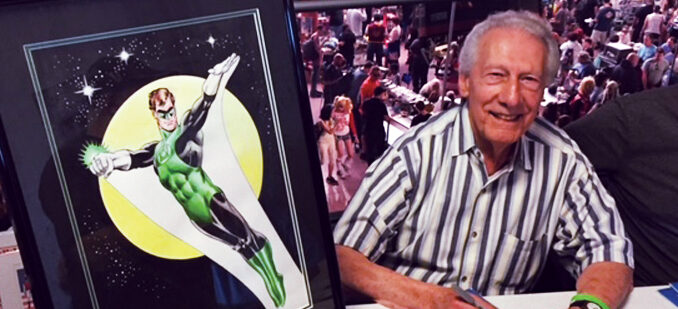
Comics’ undersung 1966-era Batman artist
By Mark Voger, author
‘Britmania: The British Invasion of the Sixties in Pop Culture’
Who is my favorite 1966-era Batman artist? That’s an easy one. 1966 was, of course, the Adam West period, the TV Batman period, when the “Batmania” craze was rampant in America and everything was Batman. (You had to be there.)
When I was 7, my crystal clear image of Batman is from the Detective Comics and Batman covers inked by Joe Giella. The art is solid and unambiguous and clean. It’s friendly but not necessarily “kid friendly.” To me, that is the 1966-era Batman.
After studying different styles as an adult, I concluded: Whenever Giella is the inker, that’s how Batman looks. It’s a certain, specific Batman that is sometimes taken for granted as “generic” because it’s so clean. I think of Giella — who died at age 94 on March 21, 2023 — as one of the great undersung Batman artists.
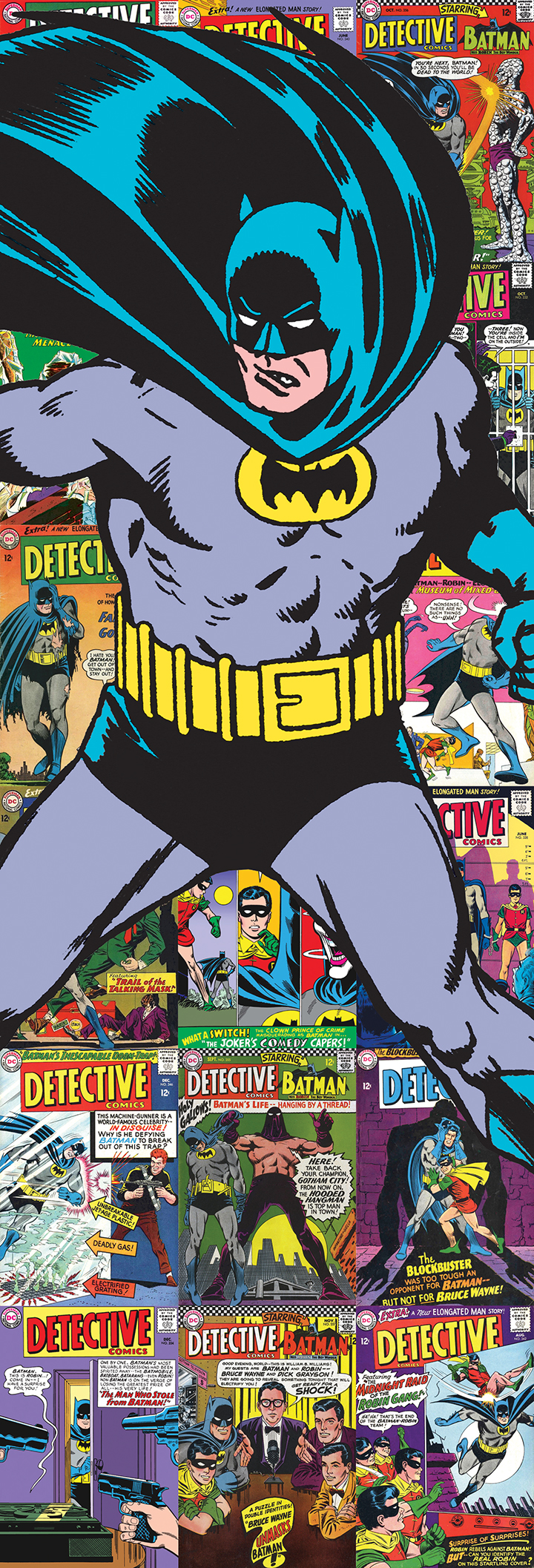
Giella explained the genesis of his style when we spoke in 1996. The story is very old-school, as was Joe.
“Years ago, the reproduction in comics left a lot to be desired,” Giella said. “I remember the production manager (at DC Comics), Sol Harrison, used to continuously come up to us and say, ‘Joe — give us some more “blacks” (black areas in artwork). Strengthen the line a little bit.’ The color couldn’t save it unless there was black behind it, solidity behind it, because the reproduction was so bad.
“And that’s why my style is such a solid, black-and-white style. You can shoot it down to a postage stamp, and every line will reproduce. Because this is the way we were trained.”

When I once told Giella that he is my favorite Batman artist of the 1966 period, he informed me that I was not alone. Said the artist: “Everybody tells me that!”
But why do I believe he is “undersung”? It has to do with credit. In those days, Giella wasn’t known as a penciller for DC Comics. He inked. But if you’re familiar with, say, Carmine Infantino’s pencilling style, and you observe how Giella inked it, you know that Giella often re-pencilled the Batman figures prior to inking. This was especially true on the covers. There’s no better example than the iconic cover of Detective Comics #354 (Aug. 1966), on which Batman is poised to fight a circle of thugs.
“Well, I had to redraw that one,” Giella said with a laugh, adding that Infantino’s sense of anatomy could be wonky. “Carmine was basically a very good layout man, a designer … He’s a very talented man and I enjoyed working on his pencils. It’s just that you had to work a little harder.”
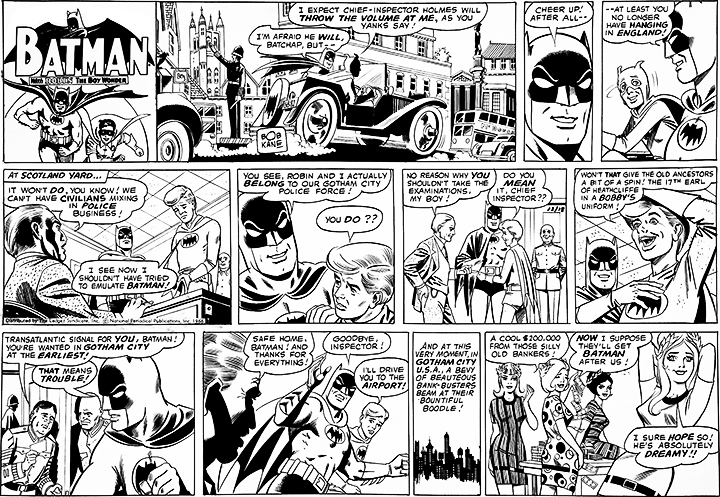
Giella did get to pencil Batman during that period, just not in the comic books.
“Later on, I did the pencilling and inking on the licensing jobs,” the artist said. “I went into the licensing end of it, which was a little more lucrative than inking the comic books.”
Giella also drew the syndicated Batman comic strip, pencil and ink, from 1966 through ’68. Giella’s strips were published with Bob Kane’s byline, of course, making Giella yet another in a long line of Kane’s “ghost” artists.
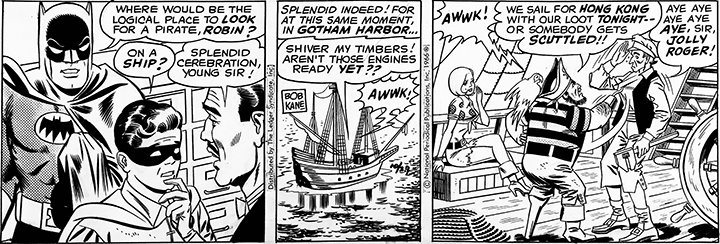
“Mort Weisinger was the editor,” Giella recalled. “He was constantly telling me to keep it on the ‘camp’ look. I’d always envisioned the Batman as a serious character of the night. Very dramatic. But they wanted to get it to look and feel like the TV show. It’s a camp look, a ‘Joe Palooka’ look. I had difficulty working that way at first, but then I got used to it.”
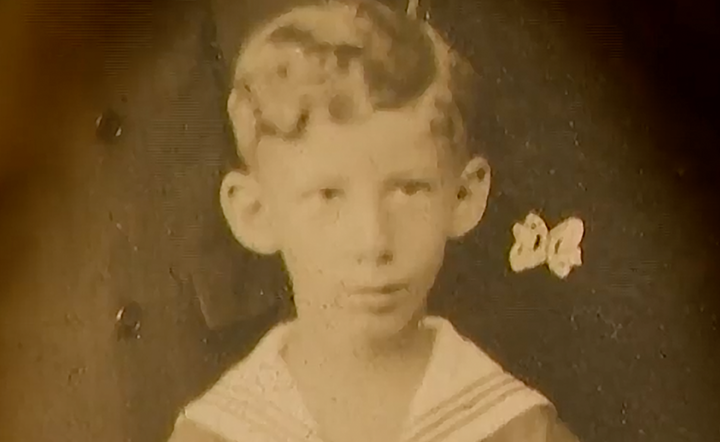
On certain licensing jobs, Giella again ghosted for Kane.
“He would get involved in some projects, and invariably he’d call me,” Giella said. “Because he really didn’t do much drawing. So he had a lot of people working on the Batman. Quite a few artists worked on the Batman. But I did a few projects for him.”
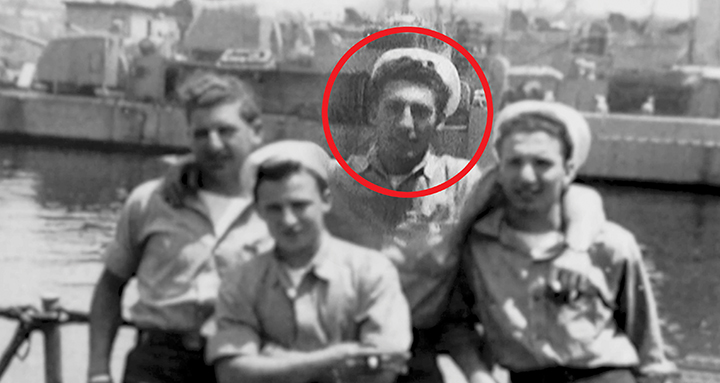
Even a few off-the-radar projects. Said Giella: “Bob would go on TV on Saturday mornings, and he’d have a big pad on an easel, and he would proceed to sketch the characters. But, see, they were my drawings on the pad, done with a very light blue pencil.
“What happened was, I came up with slew of drawings for Bob and put them on the pad. Then he’d take the pad to the TV studio, and he would proceed to just trace over my drawings. He’d get a big hand, you know? My kids would just fume. I would tell them, ‘Hey, it’s his strip.’ What can you do?”

Of course, since those days, more light has been shed on Kane’s ghosting practices, not to mention the sole creator credit for Batman that Kane kept a stranglehold on for decades. In 2015 — 76 years after Batman’s 1939 debut in Detective Comics #27 — writer Bill Finger (who died in 1974) was posthumously awarded co-creator credit for Batman. The wheels of jutice turn slowly.
So here’s to a great Batman artist who always passed the “postage stamp test.” Thanks for the wholesome, exciting entertainment you provided way back when, Joe. You made growing up better.
P.S.: Wanna see Giella’s Batman art from the classic 1966 era? I highly recommend “Batman: The Silver Age Newspaper Comics Volume One: 1966-1967” (2014, IDW Publishing). The large horizontal-format hardback is a bit pricey, but it’s a treasure trove of Giella’s Batman artwork.
VIDEOS
Virginia Huey profiled Giella for News 12 in New York only last year.
Giella was interviewed by an enthusiatsic fan for the Toku and Animation News Network during the 2017 Denver Comic Con.
David Armstrong interviewed Giella for Shoot in 1998.